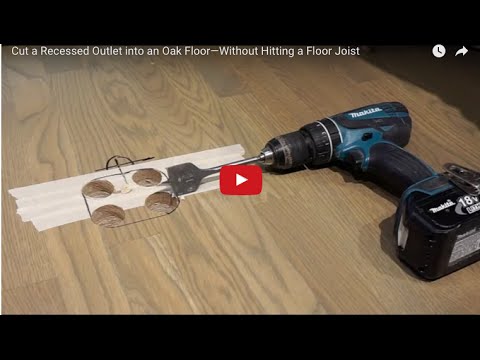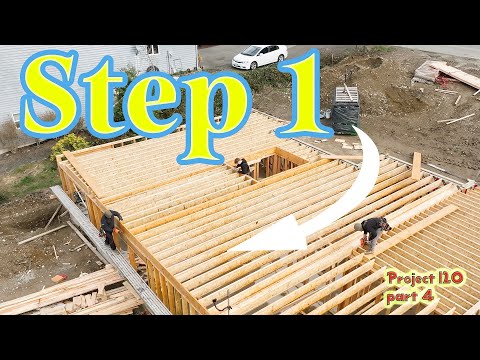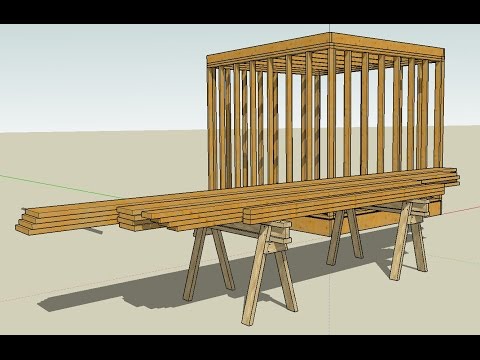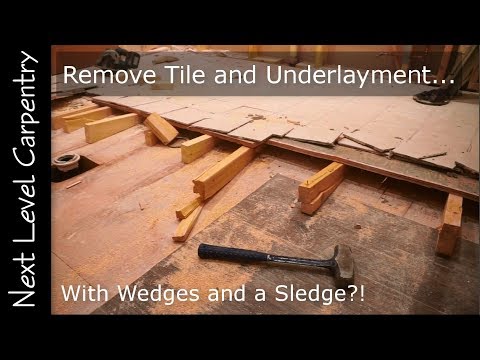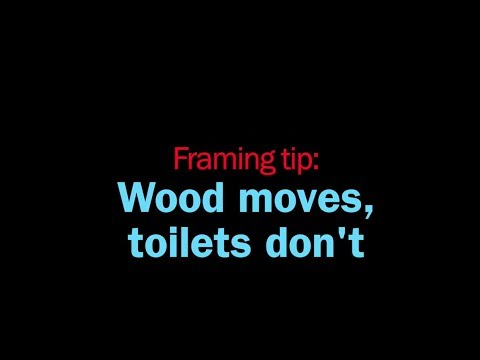Replace a fire-damaged floor joist from below; without removing the subfloor or finished flooring
OFFICIAL TRANSCRIPT:
Installing a floor joist is a relatively easy task in new construction. The foundation is open and the joists just drop in from above. Subfloor is glued and screwed on top for a squeak-free floor. But replacing a joist in a house that already stands? That’s a different story.
- First, you’re working from below.
- Second, the joist is about a foot longer (6 inches on either end) than the room you’re working in.
But sometimes you have to cut out an old floor joist and put in a new one. Such is the case with this house after a small electrical fire. The fire burned through a section of one of the floor joists and the homeowners wanted to replace it without tearing up the finished wood floor and subfloor above.
Today we’re going to work along side carpenter Calvin Cutts as he removes this floor joist and slides in a new one.
The initial plan of attack is clear:
Separate the floor joist from the subfloor using pry bars and wedges, then cut it free with a reciprocating saw. But first, Calvin cuts the web out of the I-Joist so that the top flange can flex as he wedges it away from the subfloor. Next, he separates the floor joist from any walls that it is nailed to, and from any wires that run through it. Turns out there were quite a few.
Now he can work on the top flange unimpeded.
First, he cuts a notch on the flange to create a weak spot. After trying a few pry bars and breaking one, Calvin realizes that his boss's hammer is his new best friend.
With the right combination of tools, it’s just a process of cutting, shimming, cutting, wedging, shimming, and cutting some more.
Calvin went through a lot of saw blades. Eventually, he cuts the top flange free and can remove it.
The new joist slides in through the bulkhead door and into place in the basement.
One end is wedged up on top of a beam and the other end is slid into position. To roll the joist upright, the subfloor is jacked up and the joist is "persuaded" into position. Before "tapping" the joist upright, though, run a bead of construction adhesive along the top flange to make it hard for the next guy.
(and to prevent floor squeaks …)
—Thanks to Calvin Cutts of Pepperell MA for letting us shoot video and crack jokes while he worked all day.
